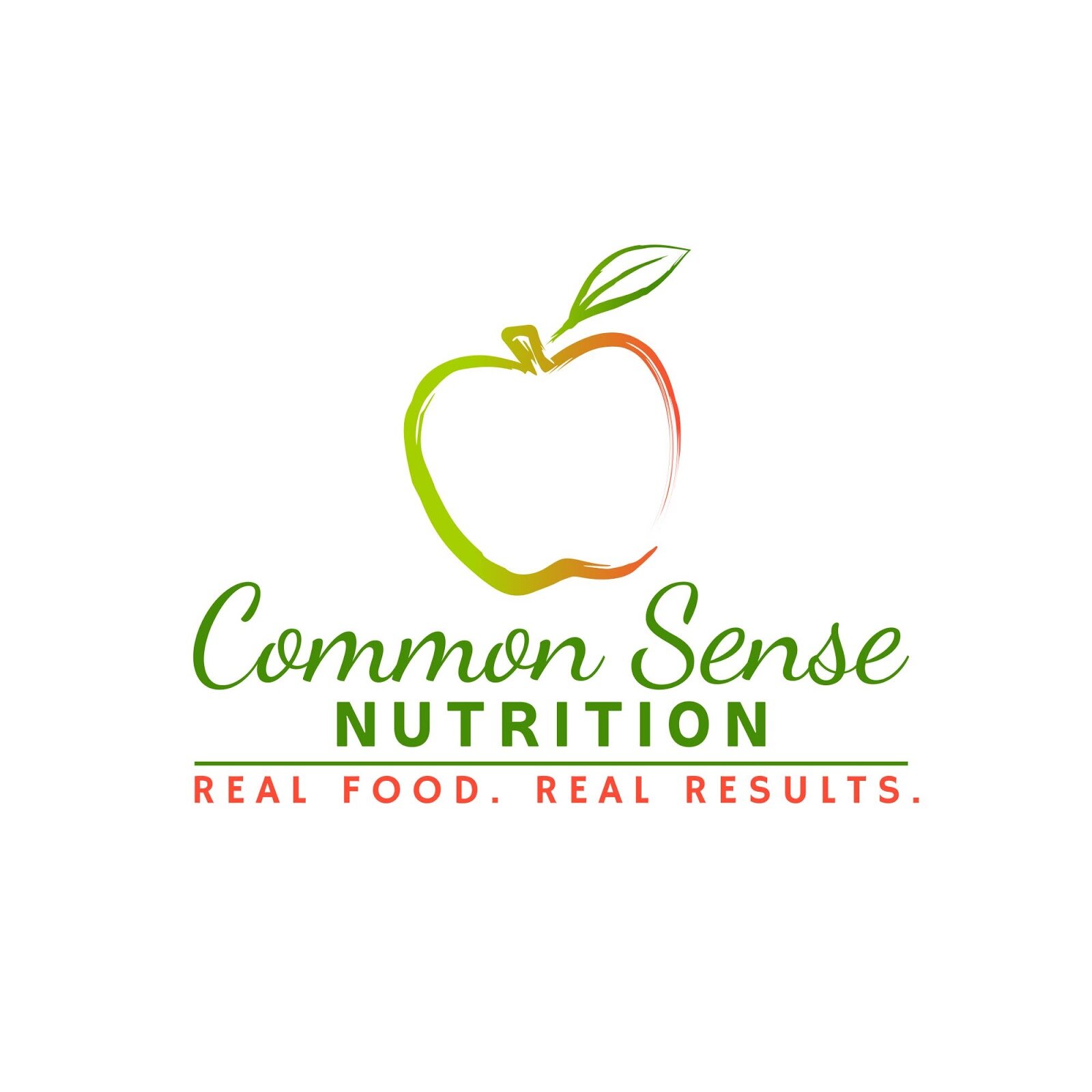Bone Health Super Foods: Strengthen Bone Now!

Have you recently been diagnosed with osteopenia or osteoporosis?
You’re not alone! Over 10 million Americans have osteoporosis and another 44 million people have low bone density. I was shocked when I got my diagnosis at 50. Then I decided to do something about it.
Diet plays a huge role in bone health!
Here are some basic diet tips:
Eat a mostly whole-food diet
Avoid foods with hard-to-pronounce ingredients
Avoid sugary foods because they cause the body to lose calcium through the urine
Avoid soft drinks
Avoid excessive alcohol
Avoid excessive caffeine
Strive for 4-5 servings of vegetables a day
Make sure you are getting enough high-quality protein, especially if over 60.
Eat calcium-rich foods such as yogurt, salmon, and green leafy vegetables
Eat vitamin-C-rich foods such as oranges and peppers
You should also know about two foods with special bone-enhancing properties. Consider adding these foods to your diet to help protect bone health.
Dried Plums (formerly known as prunes!)
One serving of dried plums contains a significant amount of fiber, vitamin K, potassium, and a variety of bone-supportive plant compounds. The plant compounds are thought to affect cell signaling by upregulating osteoblasts, bone-building cells, and downregulating osteoclasts, bone-eating cells. A serving is considered 50 grams or approximately 4 dried plums (Wallace, 2017).
In a recent 3-month clinical trial, of 60 different fruits and vegetables investigated for their bone-supportive properties, dried plums (prunus domestica L.) were found to be the most effective. The dried plums also lowered c-reactive protein, a marker of inflammation. Although the study was conducted using two servings of dried plums, it was believed that either a 50-gram or a 100-gram serving per day would be effective.
Dried plums contain many important minerals and plant compounds. For example, boron is known to stimulate bone growth.
Potassium is the most important mineral for buffering or protecting the body against too much acidity. The typical American diet is very acidic in part because it is high in sugar and salt and low in potassium. The body brings down acidity by pulling calcium from bone – a threat to bone density. As we age, our protein needs go up. Unfortunately, a high-protein diet is very acidic. That’s why it’s important to eat high potassium foods like alkalizing green vegetables to buffer the acidity and protect the body. Two servings of dried plums contain a whopping 732 mg of bone-protective potassium!
The high fiber content of dried plums is also relevant. As fiber ferments in the colon, it produces short-chain fatty acids, which in term help the body absorb more calcium (Arjmandi et al., 2017).
I love adding diced dried plums to my morning yogurt!
By the way, if you are over fifty, please know it’s not your imagination that dried plums have replaced prunes. The California Dried Plum Board asked the FDA to approve the name change in 2001. I guess people didn’t like the word prunes :)
Almonds
Almond consumption is associated with an increased bone mineral density. The reason is unclear. To test this assumption, a group of people was all fed 60 grams of almonds. Four hours later, their blood was drawn. Human osteoclast precursors, or bone eaters, were cultured in a petri dish. The serum from people who had eaten almonds was found to inhibit osteoclast activity in a petri dish. Serum drawn after the consumption of other kinds of test meals did not have this effect (Platt, 2011).
In addition to dried plums, I love adding a handful of sliced almonds to my morning yogurt!
Who shouldn’t be eating dried plums or almonds?
Anyone would a nut allergy should avoid almonds
Anyone with chronic diarrhea should avoid dried plums because they contain natural sorbitol, a laxative.
Disclaimer
The included information is not meant to or should not be used to replace or substitute medical treatment, recommendations, or the advice of your physician or health care provider. The information contained within is strictly for educational purposes and is based on evidence-based nutrition. If you believe you have a medical problem or condition, please contact your physician or healthcare provider.
References:
Arjmandi, B. H., Johnson, S. A., Pourafshar, S., Navaei, N., George, K. S., Hooshmand, S., Chai, S. C., & Akhavan, N. S. (2017). Bone-Protective Effects of Dried Plum in Postmenopausal Women: Efficacy and Possible Mechanisms. Nutrients, 9(5), 496. https://doi.org/10.3390/nu9050496
Platt, I. D., Josse, A. R., Kendall, C. W., Jenkins, D. J., & El-Sohemy, A. (2011). Postprandial effects of almond consumption on human osteoclast precursors--an ex vivo study. Metabolism: clinical and experimental, 60(7), 923–929. https://doi.org/10.1016/j.metabol.2010.08.012
Wallace T. C. (2017). Dried Plums, Prunes and Bone Health: A Comprehensive Review. Nutrients, 9(4), 401. https://doi.org/10.3390/nu9040401
